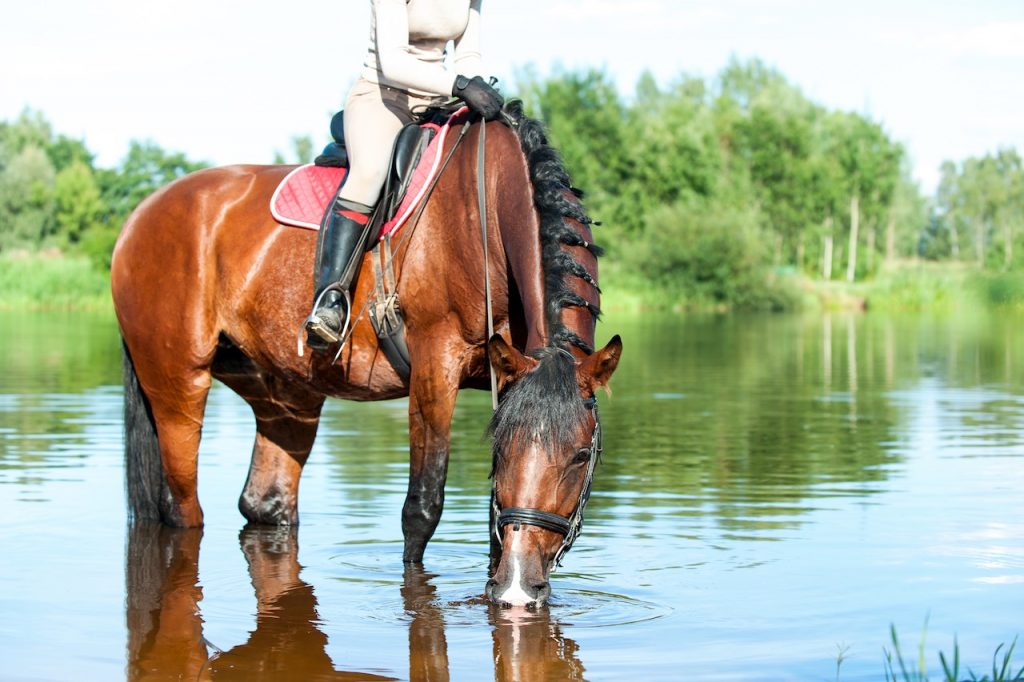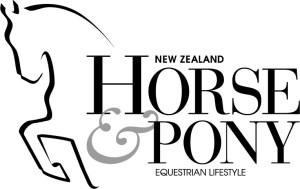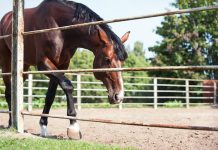The equine world has a lot of advice and information passed down through the ages. It can be difficult to know what is true and who to believe. Some of these ‘myths’ are in fact true, while some are only sometimes true, or partially true. Others are not true at all! Here are some common veterinary myths and a bit of information behind them.
# White feet are softer than black feet

This is not true. It is the pigment at the coronary band that designates hoof colour. As a veterinarian the only thing I think of when I see white legs is whether they are prone to mud fever or not. But this myth is probably behind the old saying that goes: One white foot, buy him; two white feet, try him; three white feet, look well about him; four white feet, go without him, and is based on the old belief that white hooves are weaker than dark hooves.
# You should never let a hot, sweaty horse drink cold water, as it will cause colic

This is not true; in fact a hot sweaty horse needs water, as dehydration can cause colic. It may be that allowing a hot horse to drink a huge amount of water in one go may cause discomfort (think of yourself drinking a litre or more of cold water after a run – it can sit uncomfortably for a while) but allowing your horse to drink moderate amounts frequently is important.
# The shoulder area is a common cause of lameness

This is false. Although it may look like your horse is sore at the shoulder from the way it is moving, it is not very common for the shoulder to be the actual cause of lameness. It does happen, just not very frequently. By far the most common site of lameness is the foot, and it can be the way the horse is avoiding the foot pain which makes it look like the shoulder is sore. Hoof testers are a simple way for your farrier to see if there is pain in the foot, or local anaesthetic nerve blocks can be used by your vet, starting near the hoof, to pinpoint the site of the lameness if it is not obvious.
# Horse’s teeth keep on growing throughout their lives, just like shark’s teeth

This is false but the truth is not dissimilar. The truth is that the permanent (adult) teeth in a horse are fully formed and as long as they are ever going to be when they initially erupt, but they are mainly hidden under the gum line. Over the years, the teeth gradually erupt further into the mouth (ideally) at the same rate as they are worn down by chewing. There is an endpoint though, where there will be no more to erupt, and the teeth will become loose and fall out.
# Horses can sleep standing up

This is true, because of what is called the ‘stay apparatus’, a combination of muscle, tendons and ligaments which keep the horse standing with minimal effort. A horse does need to sometimes lie down to sleep though. This is important to remember, as sometimes anxious horses on their own, or a horse with painful arthritis, may not want to lie down, and these can become sleep deprived. Some even get to a stage where they are so bad, they fall over asleep suddenly, having a ‘sleep-attack’, which can be very frightening to see.






